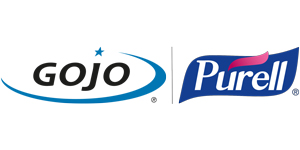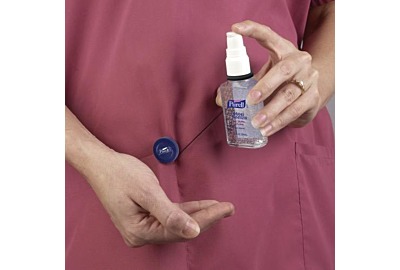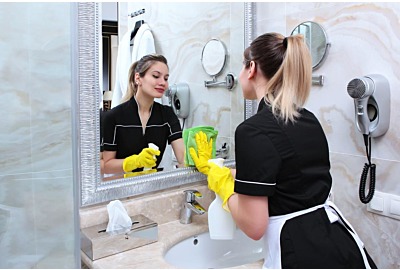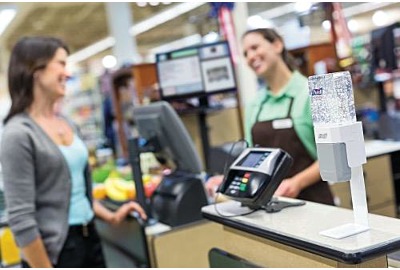The main component of almost every PURELL® hand sanitiser is ethanol. There is one simple reason for this : alcohol is very effective at killing germs.
So it’s no wonder that when the website of the Centers for Disease Control and Prevention (CDC) urges frequent handwashing, the internationally-respected health organization adds that, “if soap and water are not available, use an alcohol-based hand sanitizer that contains at least 60% alcohol.”1,2
Here are three important reasons why an alcohol-based hand sanitiser with at least 60% alcohol content is usually your best option:
#1. Alcohol kills quicker
Alcohol-based hand sanitisers kill germs in as little as 15 seconds while non-alcohol products can take 30 to 60 seconds. If it takes up to four times longer for the alcohol-free product to kill germs, the user is likely to move on to other activities before the sanitiser has taken effect, spreading germs while eating, shaking hands, or touching common surfaces such as doorknobs and escalator rails.
#2 Alcohol-based sanitisers are less sensitive to the effect of other ingredients
In addition to the germ-killing agent, hand sanitiser formulations include additional ingredients as fragrances, coloring agents, skin conditioners and other add-ons. In all hand hygiene products, formulation matters, but in non-alcohol formulations, these additional substances can inhibit the germ-killing agent, negatively impacting its effectiveness.3,4 Alcohol, on the other hand, is less sensitive to these other ingredients and is less likely to be inhibited by them.
#3 Alcohol has the most credible and comprehensive scientific body of evidence
Countless published works for well over a century have supported the efficacy of alcohol as a germ-killing agent—from The Boston Medical and Surgical Journal in 1935 to the World Health Organization’s Hand Hygiene Guidelines in 2009.6Non-alcohol agents have not been literally “under the microscope” for nearly as long or undergone such rigorous and conclusive research. The benefit of non-alcohol formulations is still yet to be fully determined.
Despite the overwhelming evidence of the germ-fighting superiority of alcohol-based hand sanitisers, customers might have limited circumstances in which a non-alcohol sanitiser is the preferred choice. If that’s the case, ask your GOJO distributor for details on the availability of non-alcohol formulations of PURELL sanitizers and for performance data.
Stay healthy!
Sources:
- Centers for Disease Control and Prevention (CDC), Wash Your Hands. http://cdc.gov/features/handwashing
- Boyce, J.M. and Pittet, D., Guideline for Hand Hygiene in Health-Care Settings. Recommendations of the Healthcare Infection Control Practices Advisory Committee and the HICPAC/SHEA/APIC/IDSA Hand Hygiene Task Force. Society for Healthcare Epidemiology of America/Association for Professionals in Infection Control/Infectious Diseases Society of America. MMWR Recommendations and Reports 51, 1-45, Oct. 25, 2002. https://www.cdc.gov/mmwr/preview/mmwrhtml/rr5116a1.htm
- Taylor, T., Physicochemical factors affecting the rapid bactericidal efficacy of the phenolic antibacterial triclosan, International Journal of Cosmetic Science, 2004.
- Lambert, R., The Effect of Interfering substances on the disinfection process: a mathematical model, Journal of Applied Microbiology, 2001.
- Harrington, C. and Walker, H., The Germicidal Action of Alcohol, Boston Medical and Surgical Journal CXLVIII, 548-552, 1903.
6. World Health Organization, WHO Guidelines for Hand Hygiene in Health Care 7-202. 2009. Geneva.

















